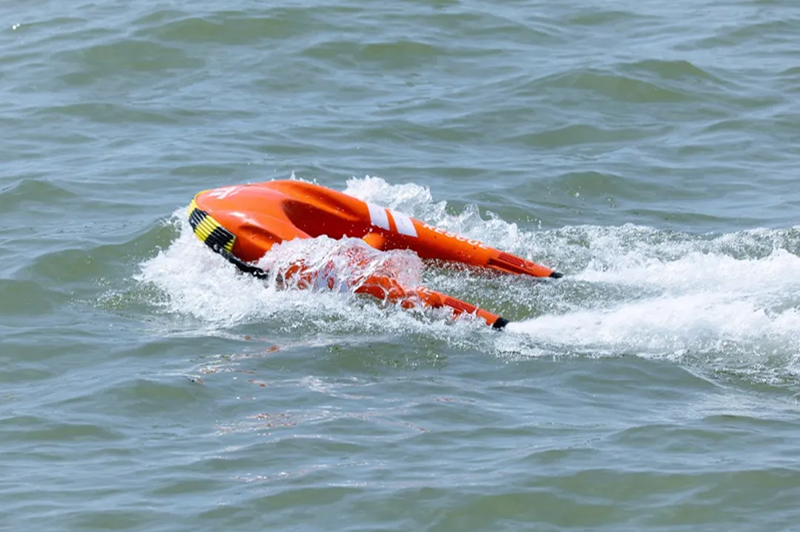The Evolution of Lifebuoy Technology
Life buoys were for long known as traditional emergency water rescue gear, however with the introduction of remote controlled life buoys; the ability to save people in distress has greatly improved. These modern gadgets combine the requirements of a life buoy with today's technology resulting in faster and more efficient rescues.
How Remote Controlled Lifebuoys Work
Remote controlled life buoys have propelling systems that are motorized while being navigated through a remote control system for individuals who need help. They use rechargeable batteries and can be controlled over a long distance, this helps the rescuer to remain safe and still steer the buoy towards an individual having problems in water.
Key Features of Remote Controlled Lifebuoys
Mostly these types of buoys have waterproof cases and robust bodies which allow them to operate even under worst conditions. Some models may come with additional safety features like built-in strobe lights, high visibility colours or automated SMS alerts when activated. Their controls are usually ergonomically made to be straightforward and natural so anyone including children can operate them during emergencies.
Benefits of Using Remote Controlled Lifebuoys
There are numerous benefits accruing from remote-controlled life buoys. They get to distressed persons faster than if one was using an ordinary hand thrown life buoy thereby increasing chances for survival where it matters most. At the same time they protect those who would want to swim out saving others thus preventing them from entering bad waters or being carried away by dangerous currents. Additionally, they can be used in environments where launching a boat is not feasible.
Real-World Applications of Remote Controlled Lifebuoys
Remote controlled life buoys have been used in many situations such as open-water rescues, beach incidents, and swimming pool accidents among others. Lifeguard teams, coast guards as well as search and rescue units are taking up their use increasingly. There are those which can be used for military purposes, once more demonstrating their versatility and value in terms of saving lives at sea.
The Future of Remote Controlled Lifebuoys
With advancements in technology, we should expect that remote controlled life buoys will become much better. Future models may have improved battery life as well as being faster and more durable. Integration of communication systems could provide real-time location tracking and improve collaboration between the rescuers. Many lives could be saved by such life buoys becoming popular and transforming how water rescue operations are done.


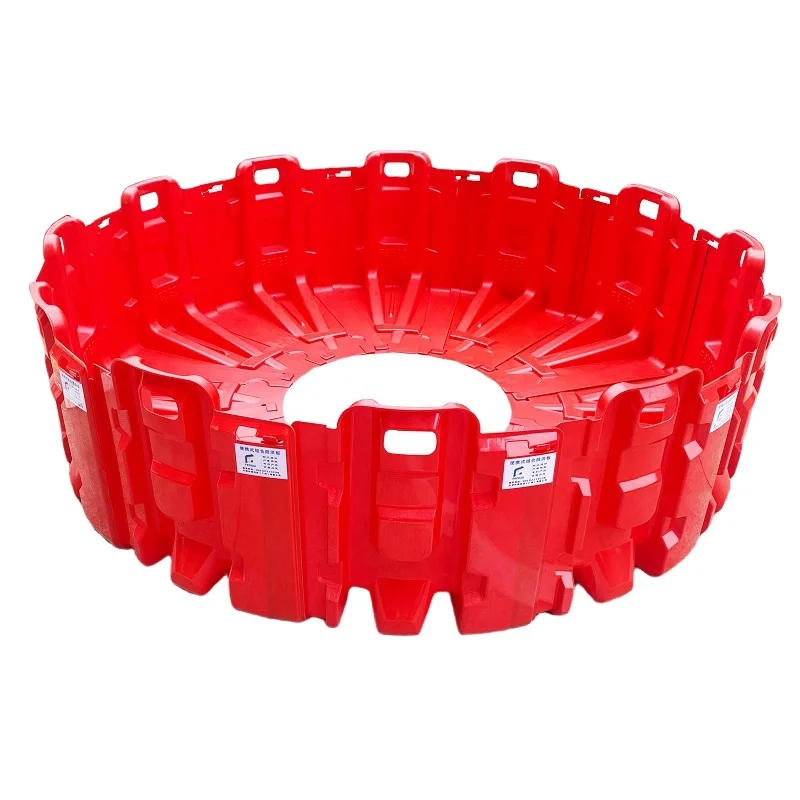
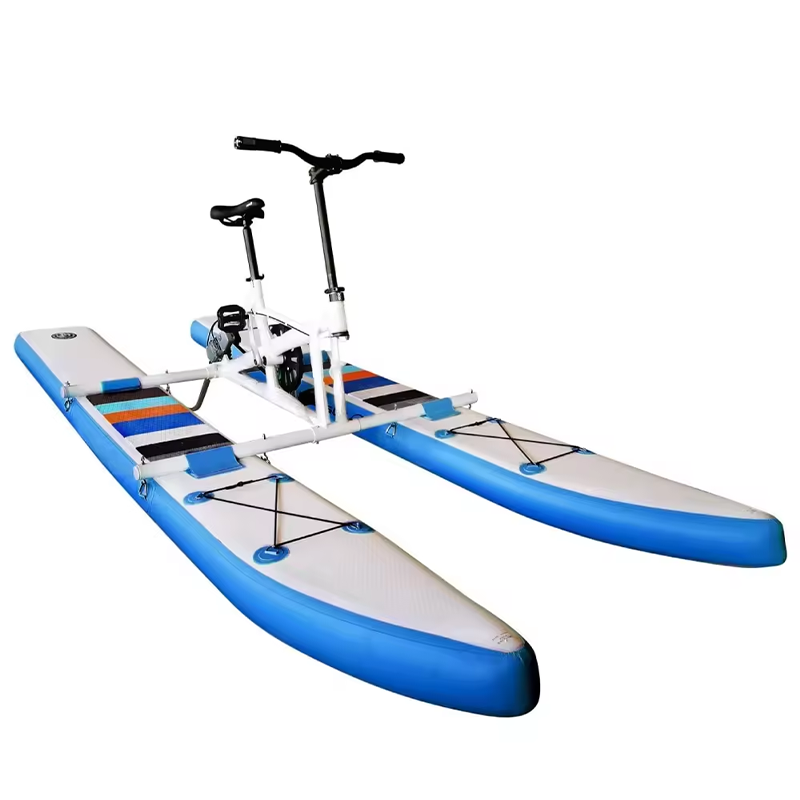
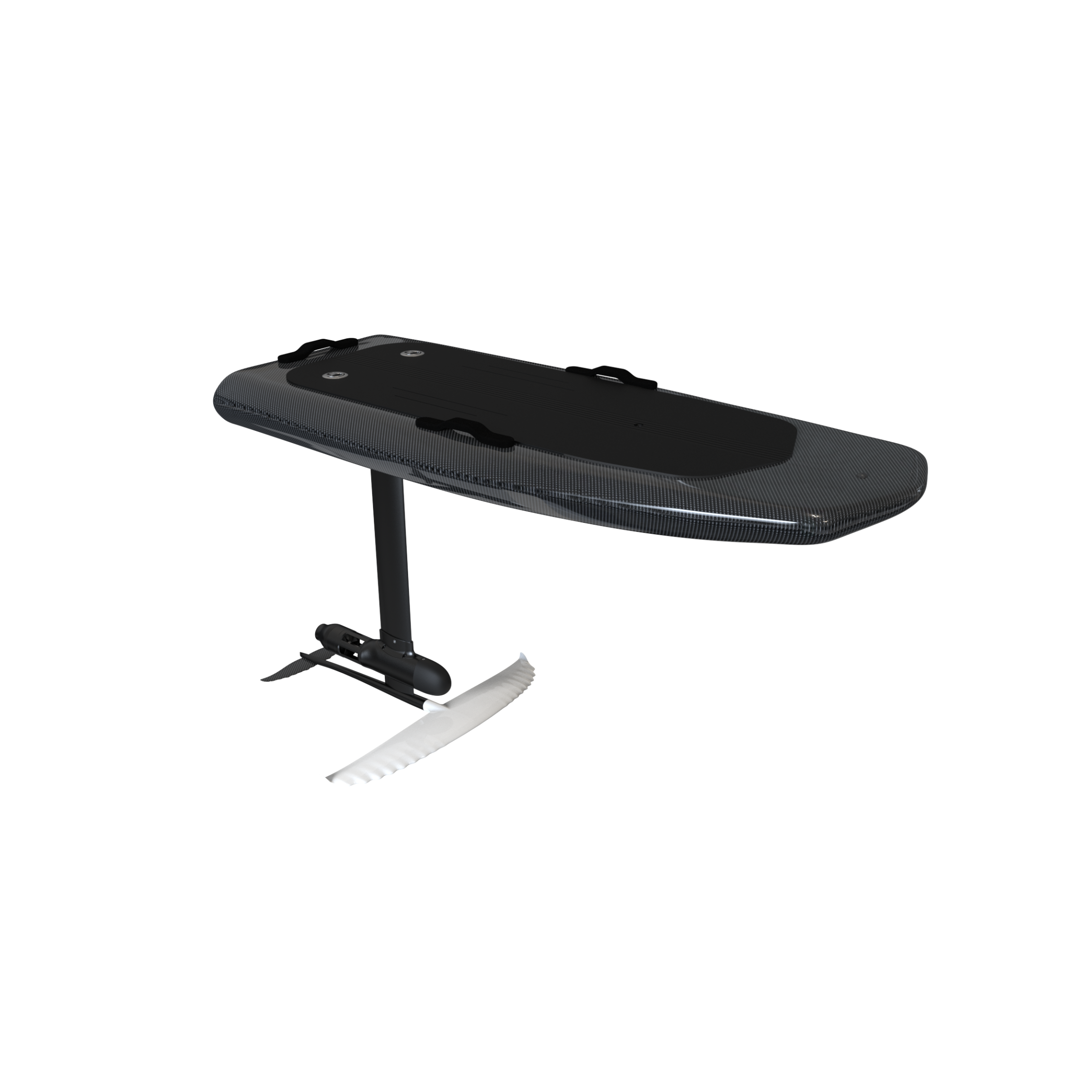
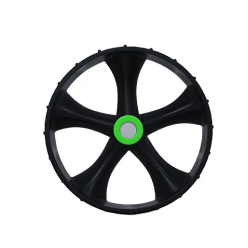
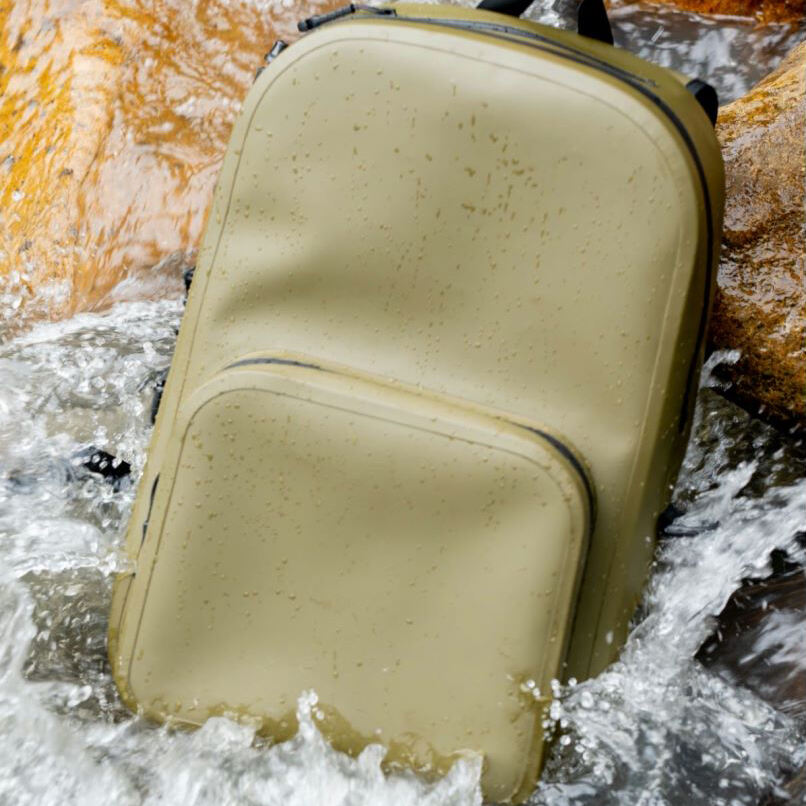
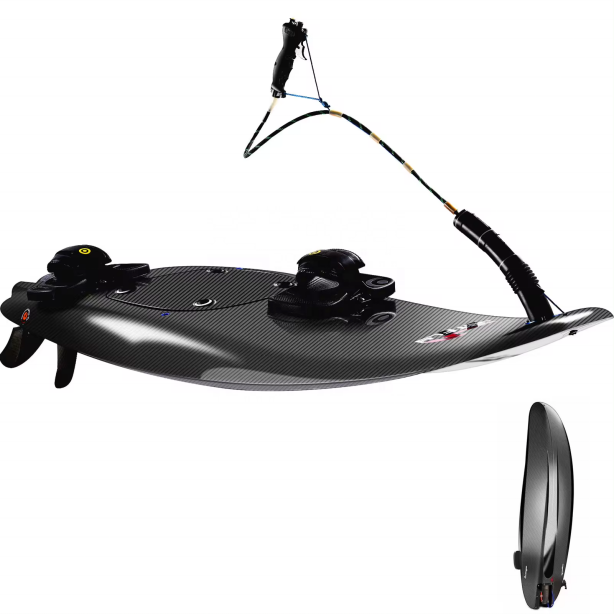
 Hot News
Hot News